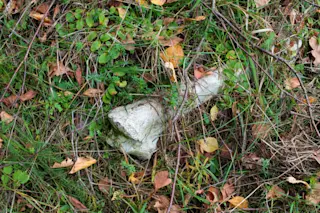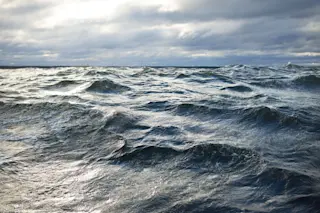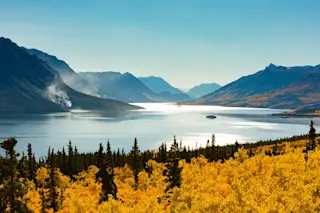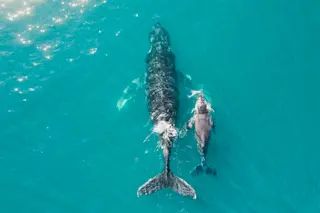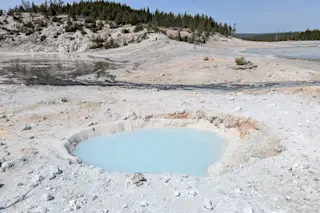Extinctions are tricky. Most people look at them as events that mark the end of life, giant disasters that are to be feared. That is true, but they also open the door for organisms that survive to spread and diversify. Without extinctions, mammals may not have risen because it was only after the passing of the dinosaurs that our ancestors could take over. So, did the dinosaurs get the same courtesy?
A new study in Science Advances by Jacopo Dal Corso and others posits that a series of major volcanic eruptions may have triggered an extinction that paved the way for the rise of dinosaurs across the planet. This extinction coincided with warmer climate, increased rain and changes in the composition of the world's oceans.
The Carnian Pluvial Episode (CPE for short) was a period from 234 to 232 million years ago that was marked what appears to be long ...





